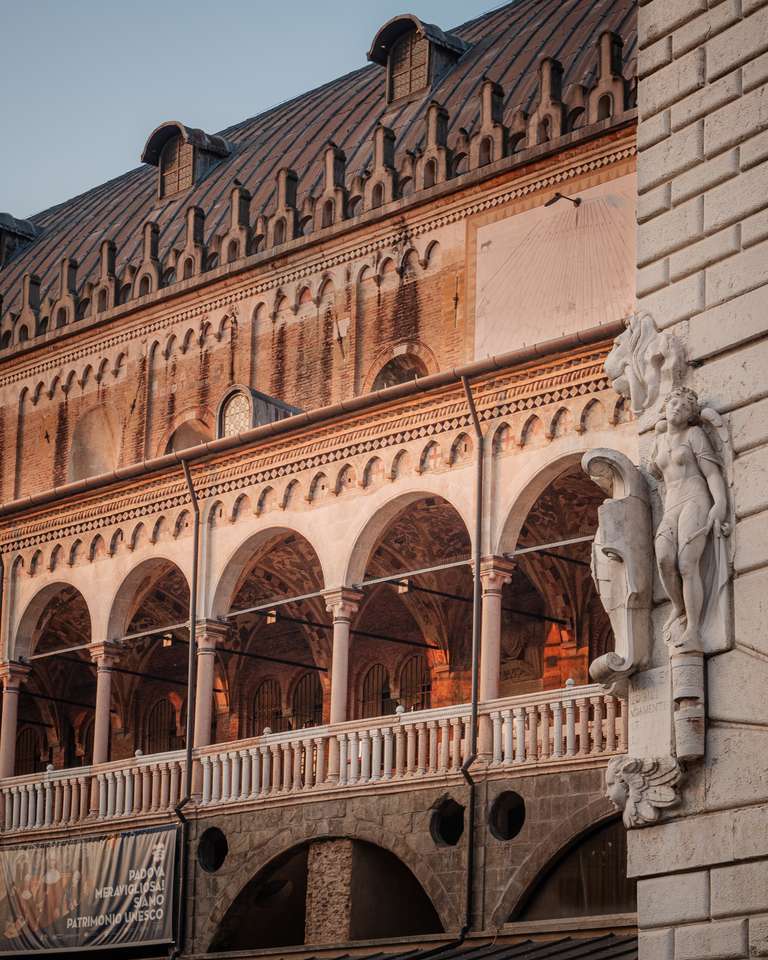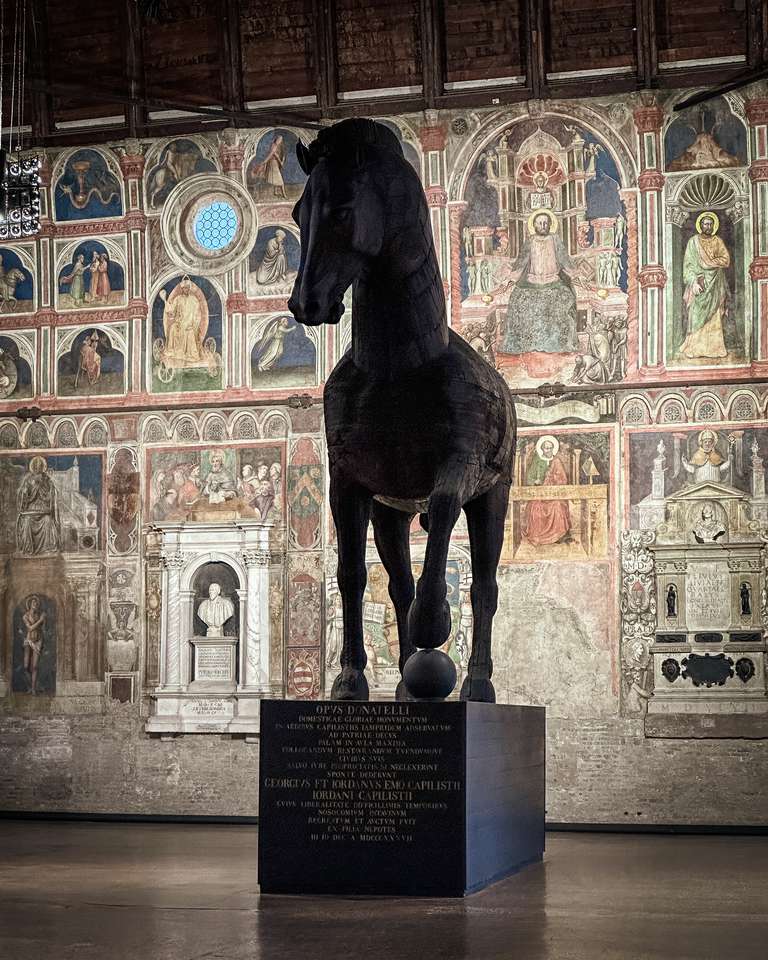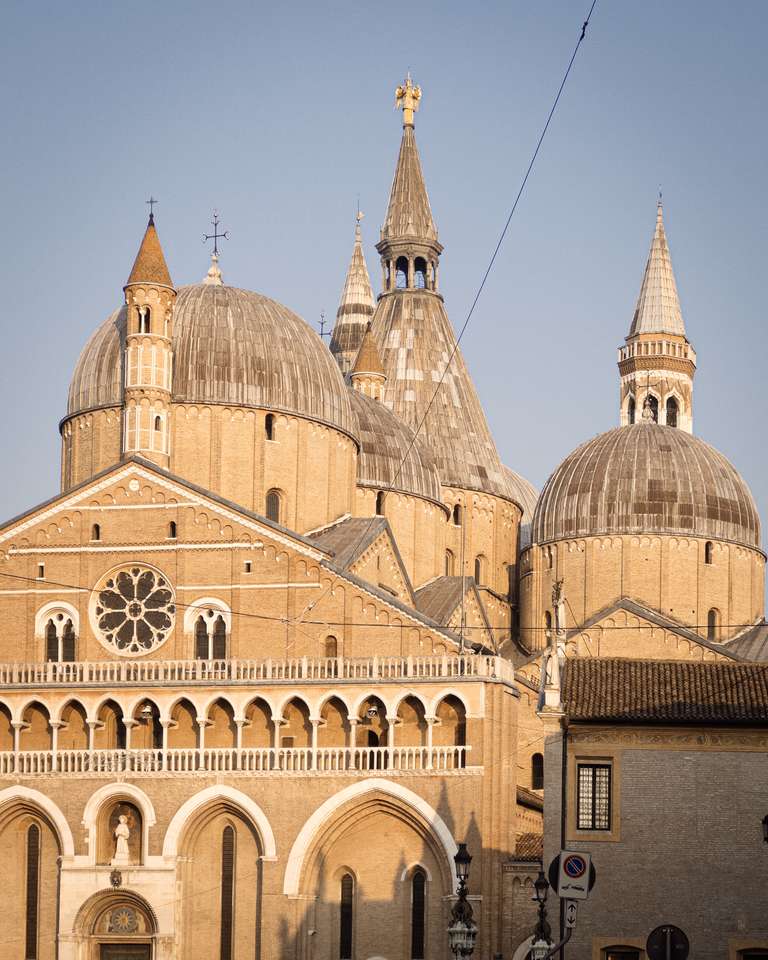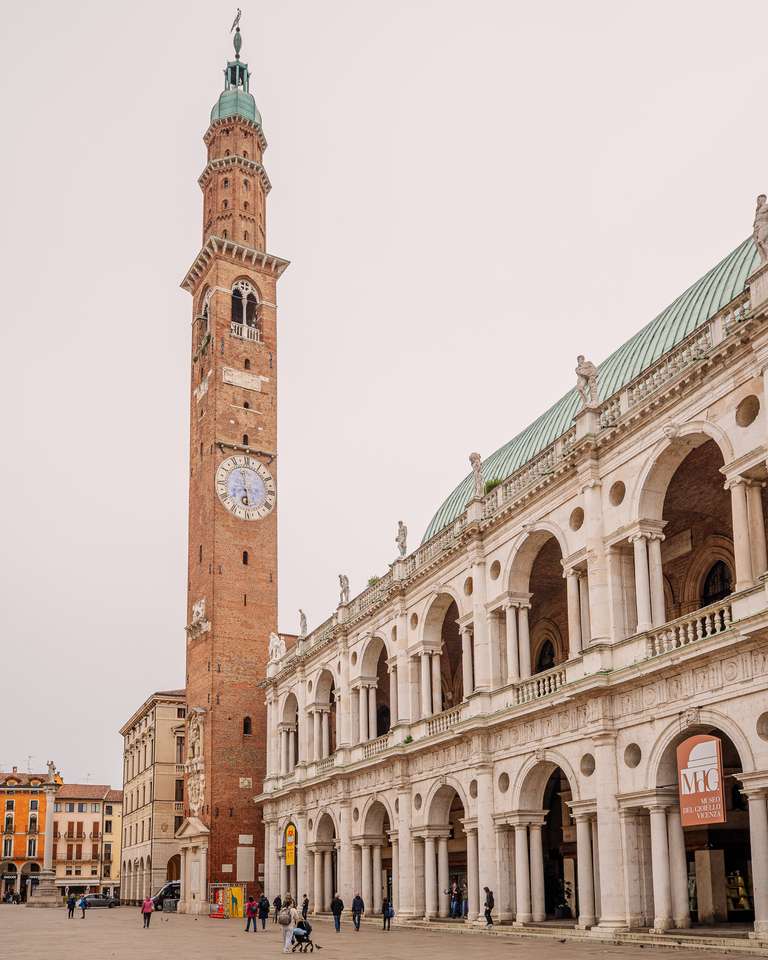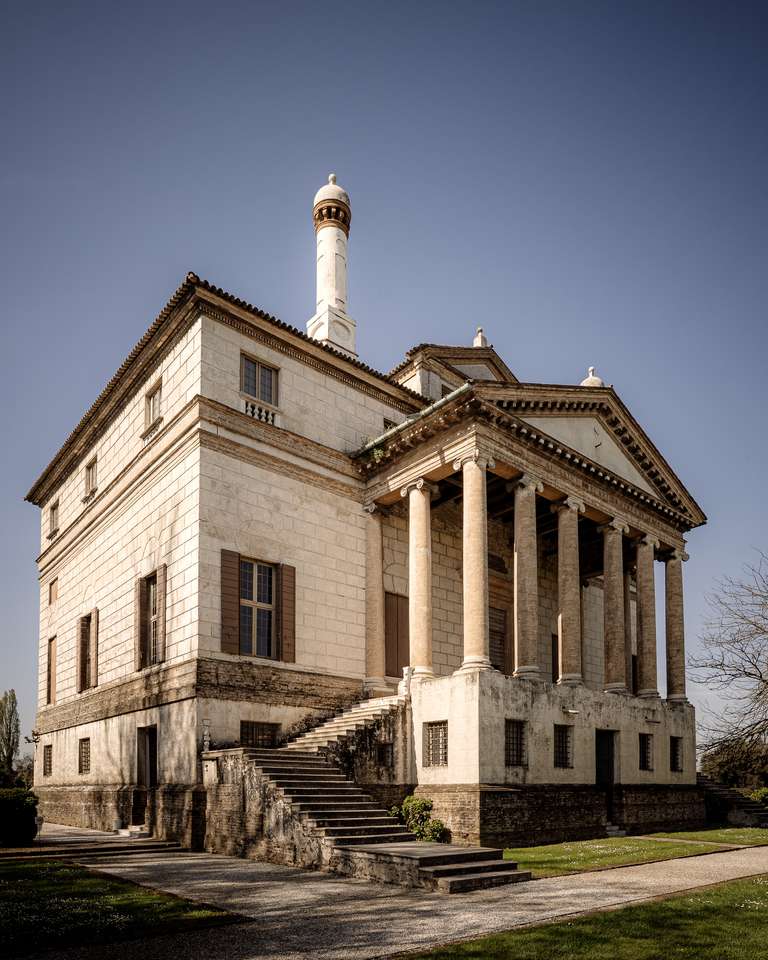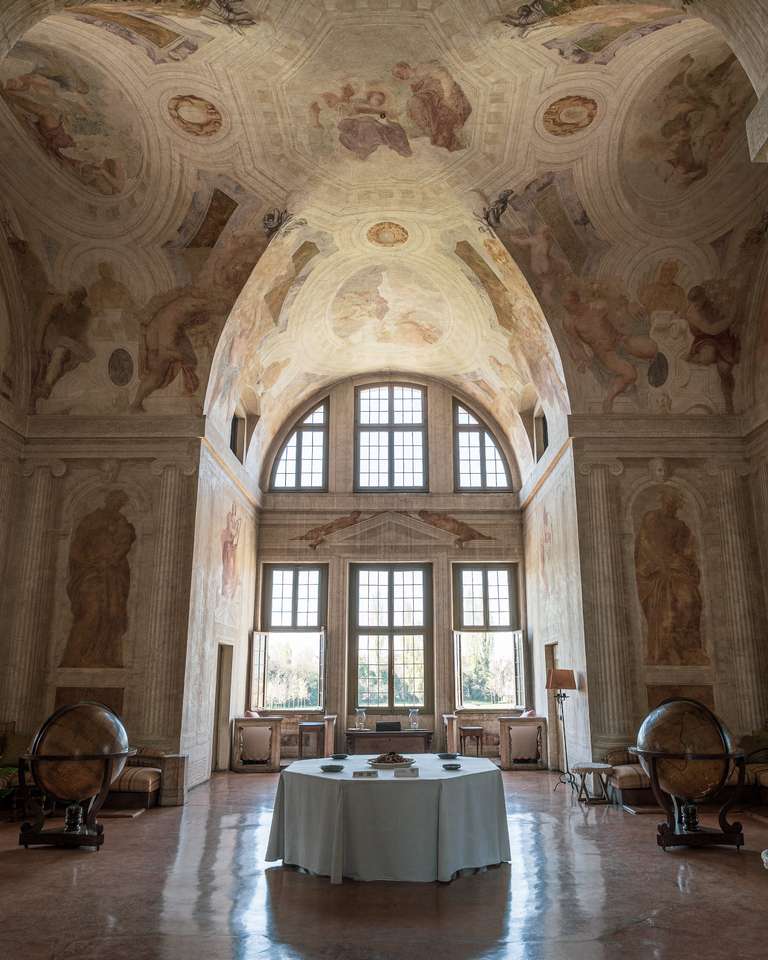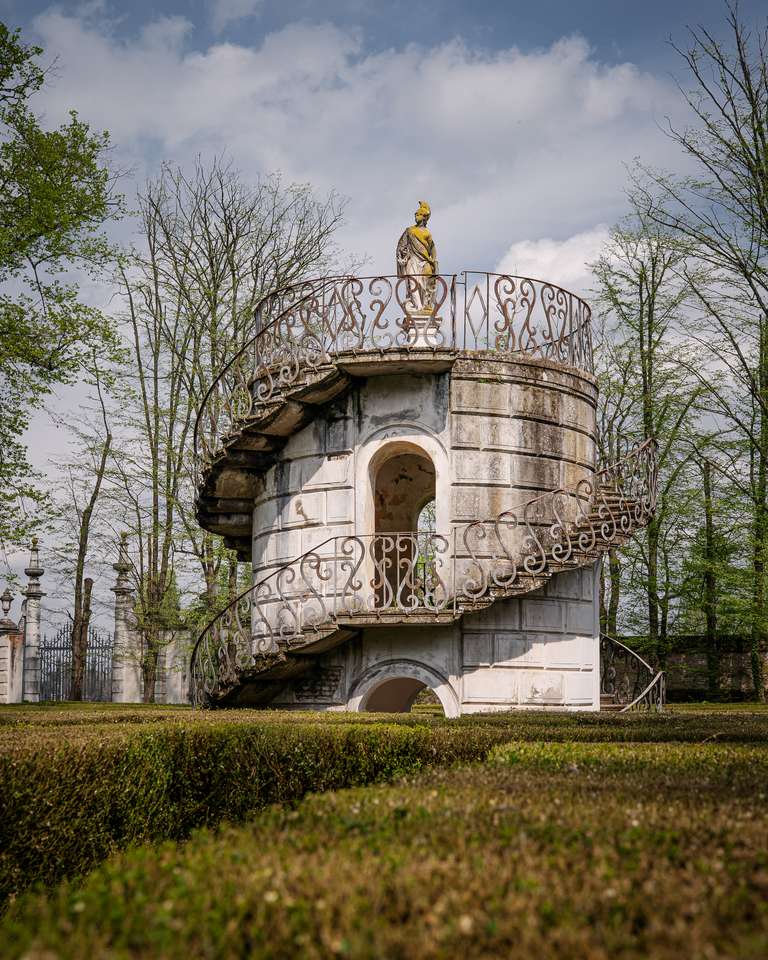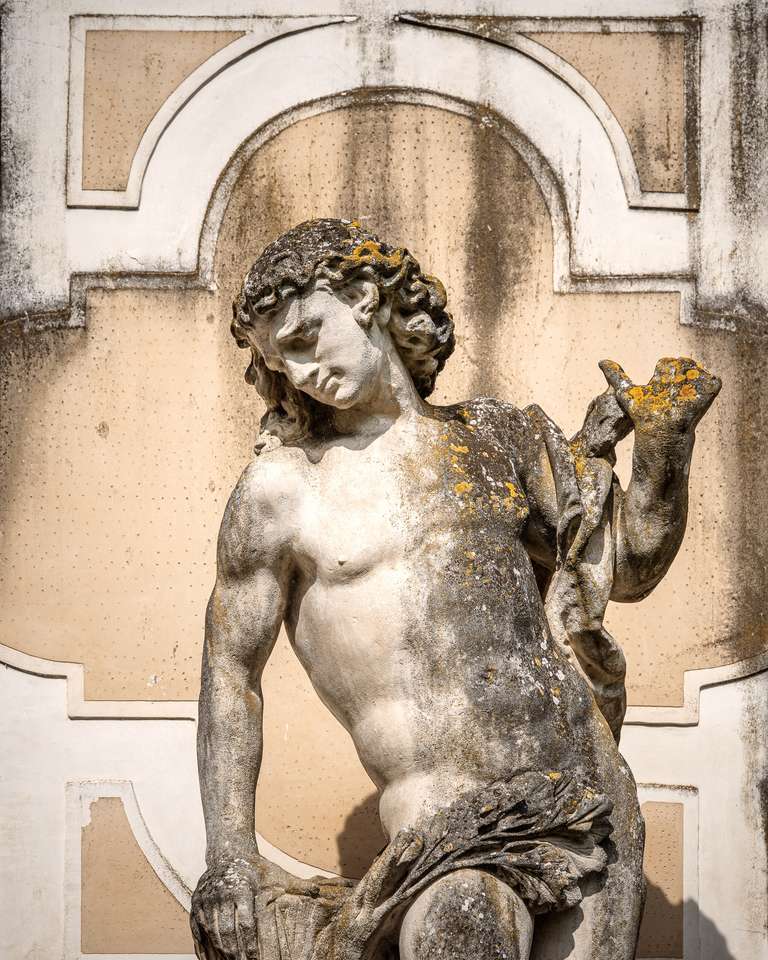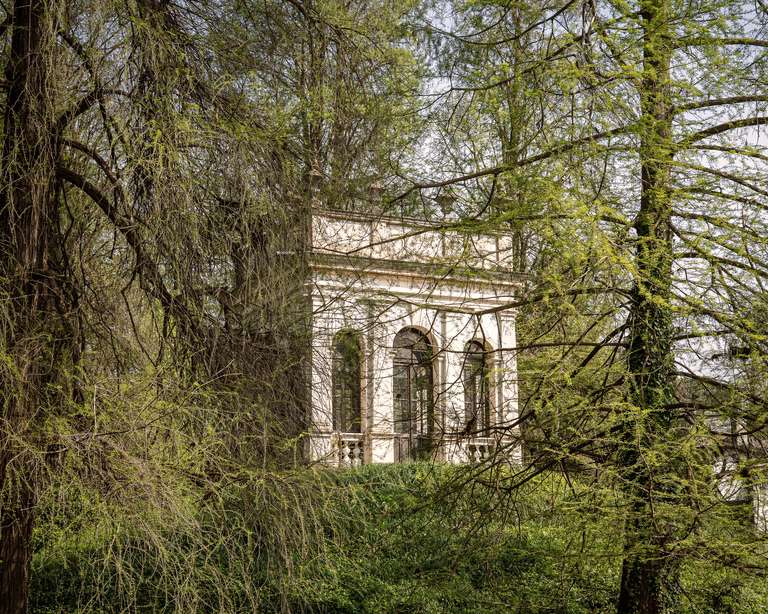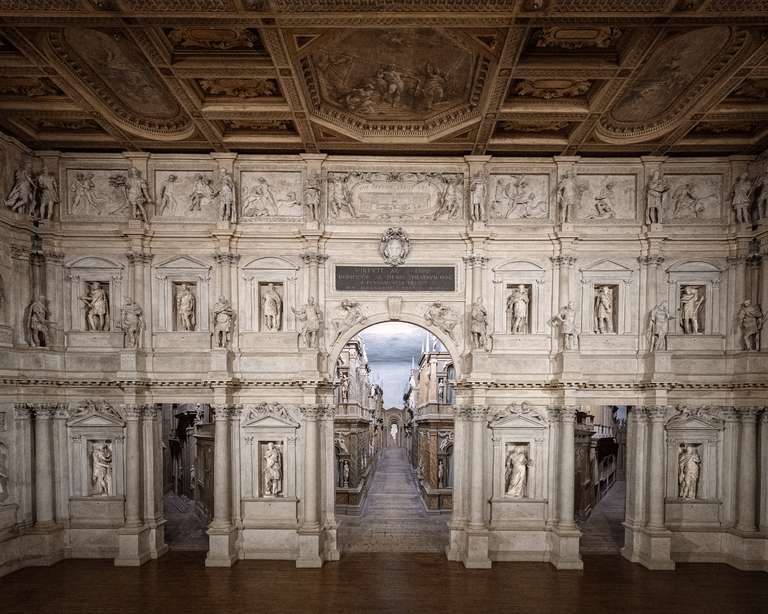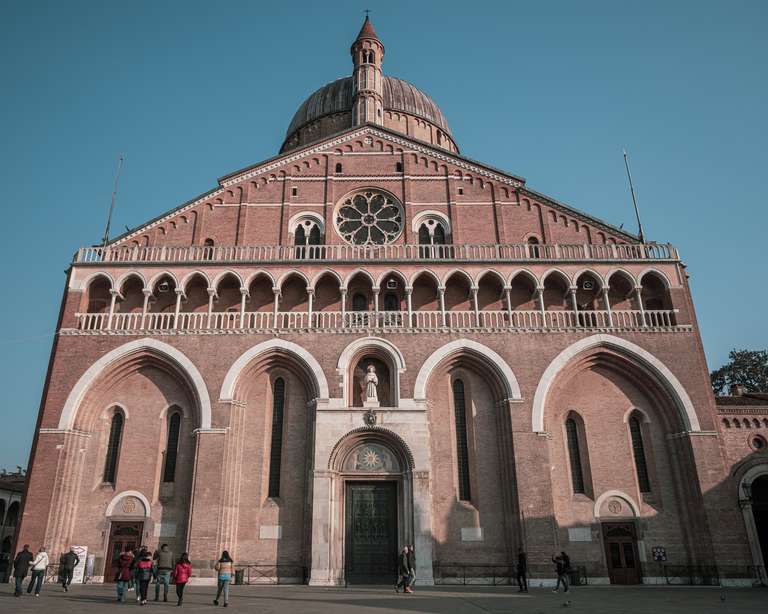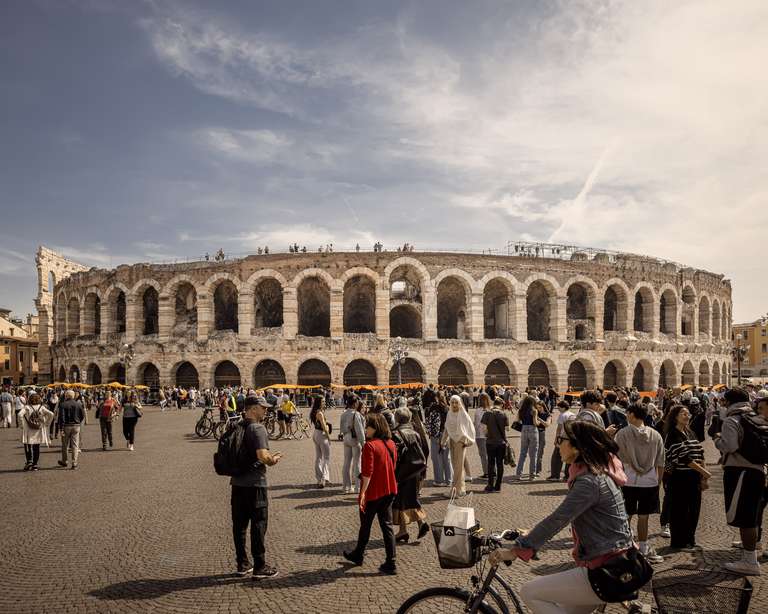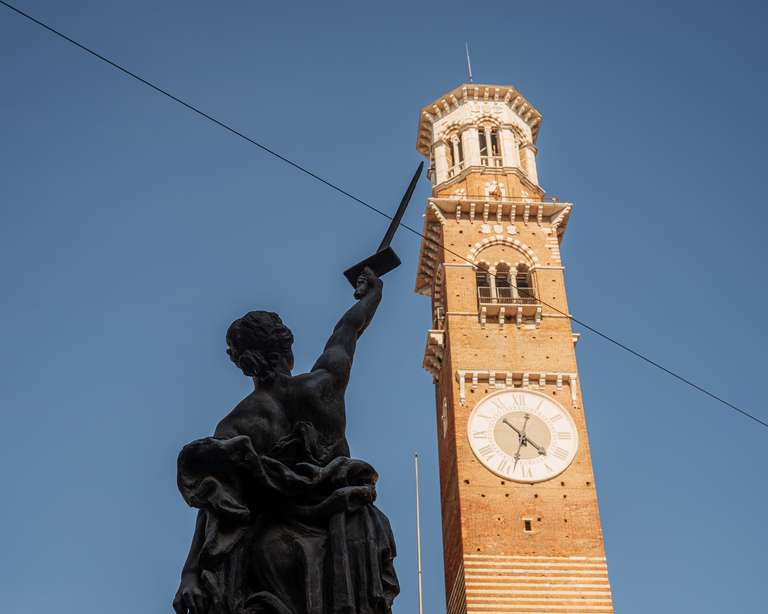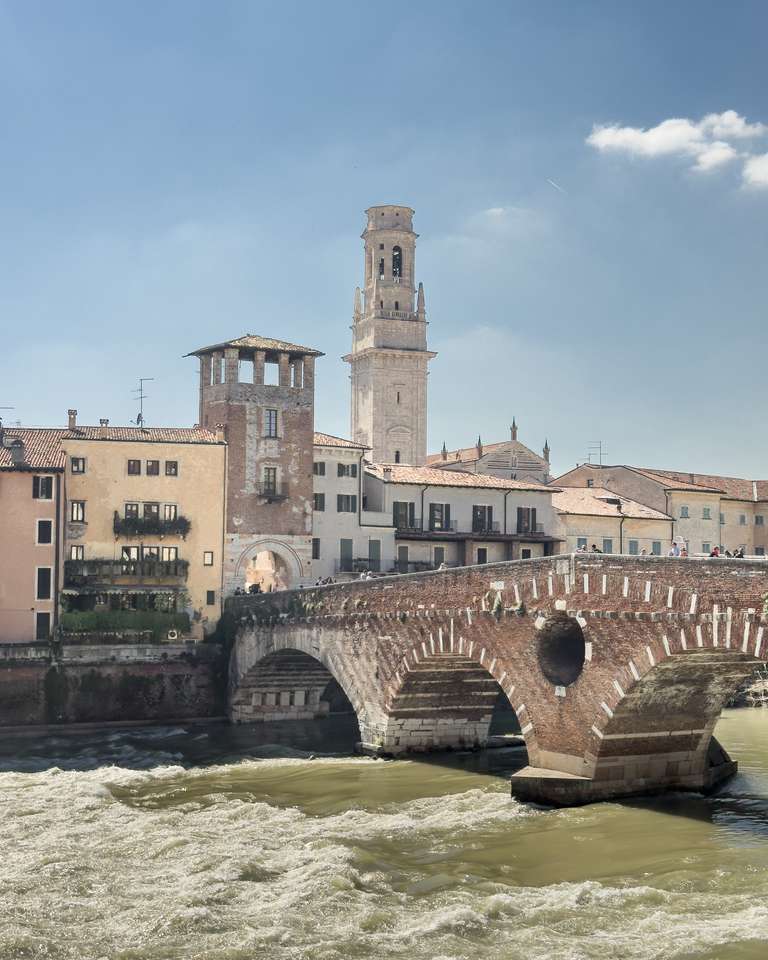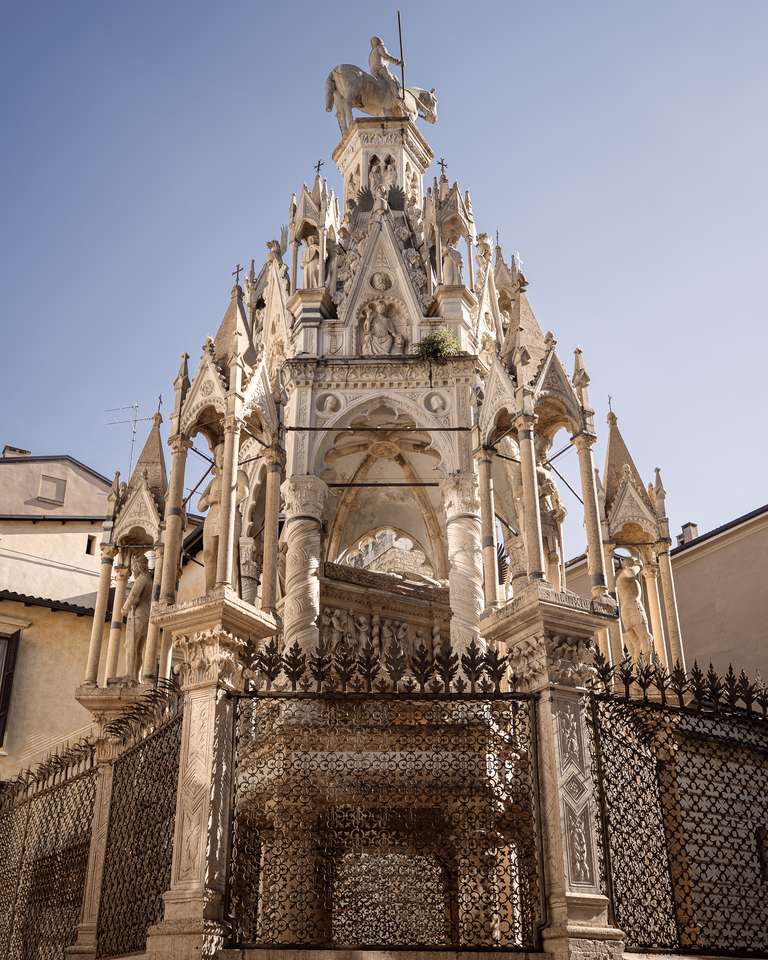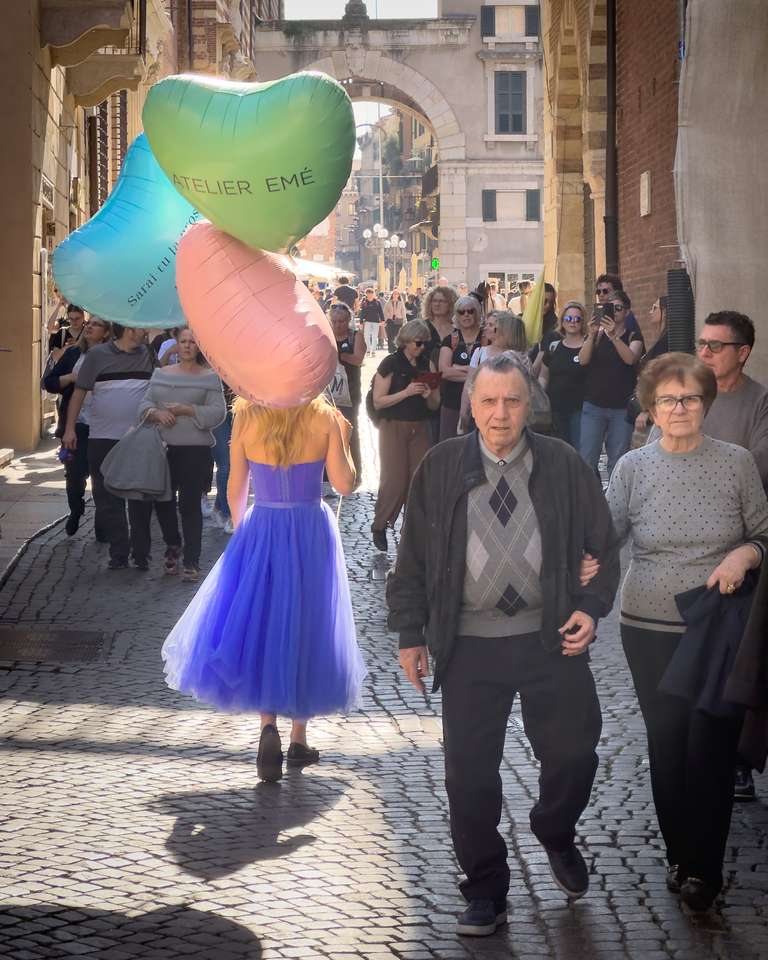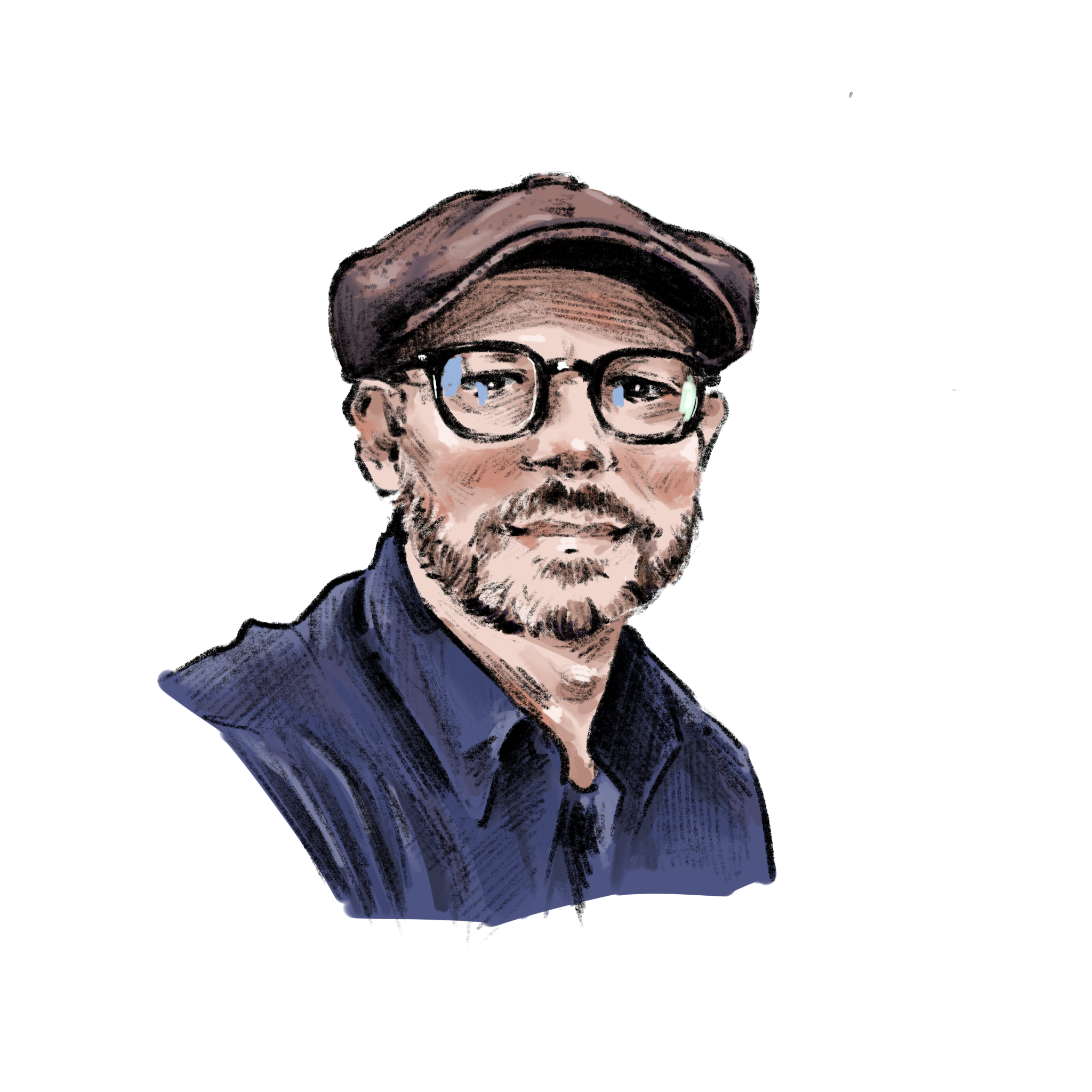Looking Beyond the Edge (Venice Surroundings)
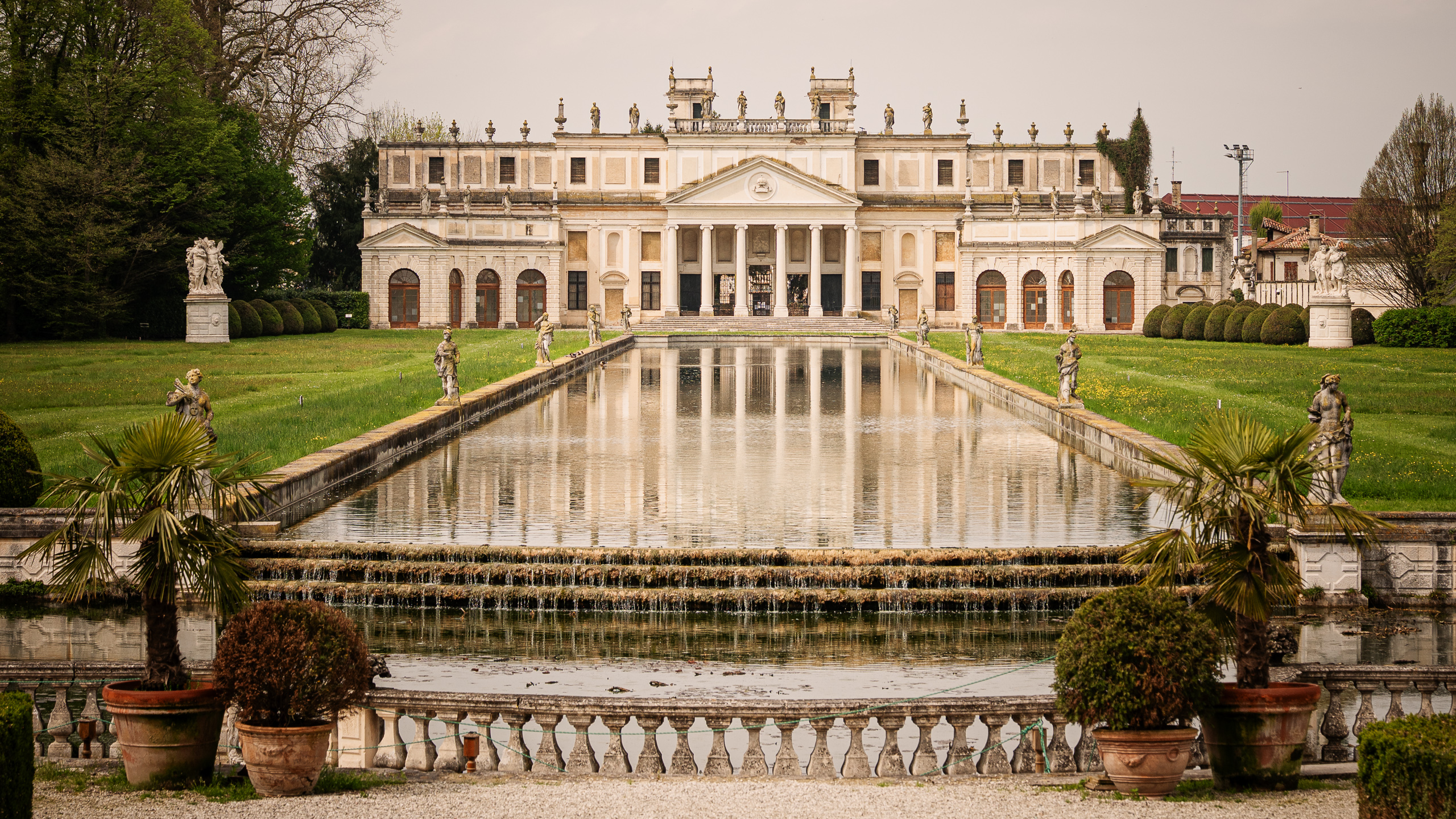
Where can I go when it's time for a change, and the hustle and bustle of Venice calls for a breather? Hop on a train or bus and head to the mainland.
The bus terminal and railway station are both located on the island and can be easily reached by Vaporetto. Regular and affordable connections to the mainland are available. Surprisingly, my trips turn into a discovery of Renaissance architecture by Andrea Palladio, who significantly influenced classical architecture with his harmonious designs.
Riviera del Brenta Tour
Even the wealthy Venetians sought relaxation on the mainland and built their splendid villas along the Brenta Canal, which flows from Padua into the lagoon. Some of these villas are open to the public. You can opt for a boat trip from St. Mark's Square, stopping along the canal up to Padua.
However, I choose the more affordable and adventurous alternative: a ticket for the public bus from Piazzale Roma to Padua. This allows me to explore the villas in a hop-on/hop-off style and visit three of them along my route.
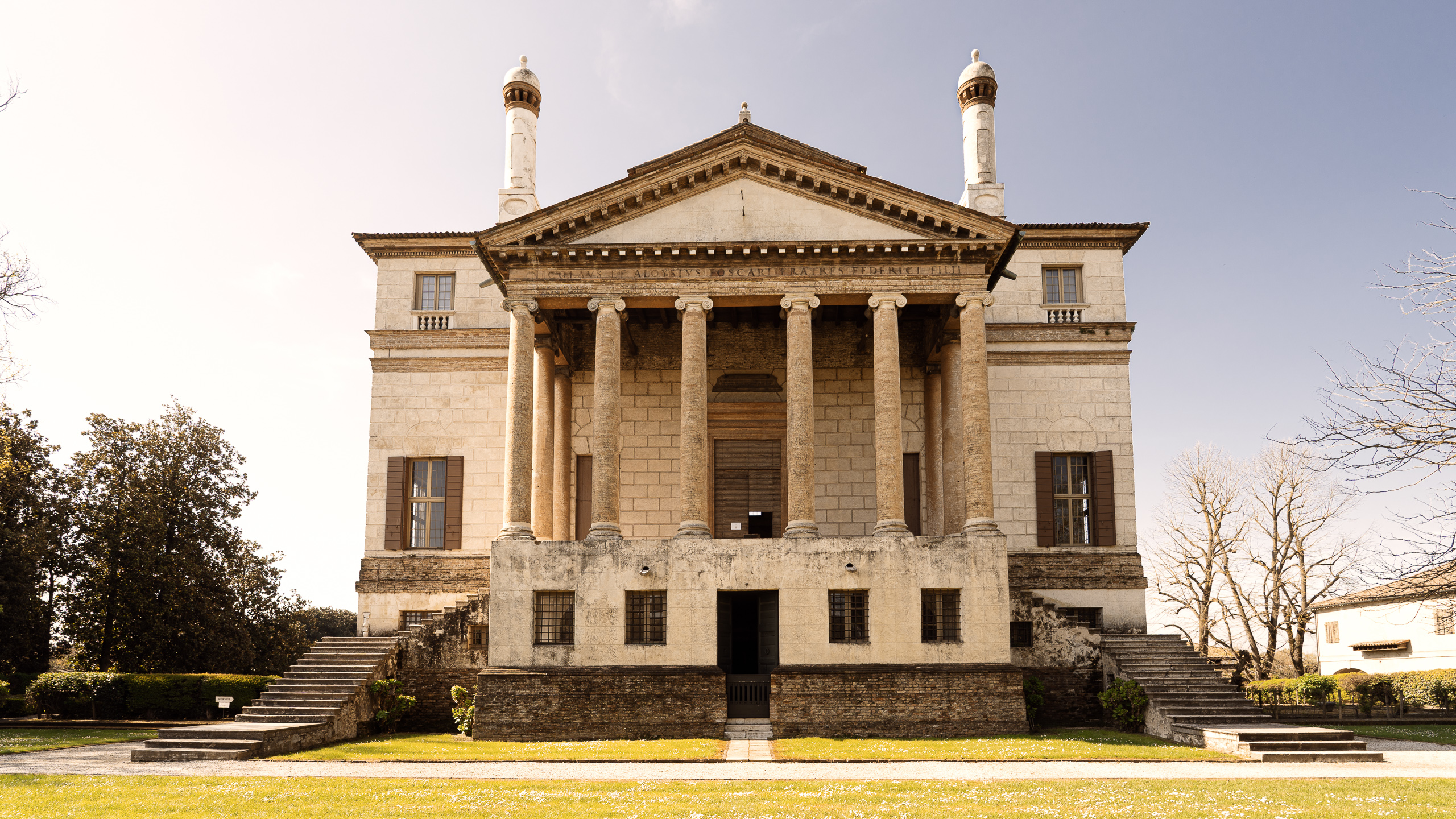
My first stop leads me to Villa Foscari (La Malcontenta), one of Palladio's most famous works. Picturesquely located by the river, the villa fascinates me not only with its harmonious architecture but also with its interiors adorned with opulent frescoes.
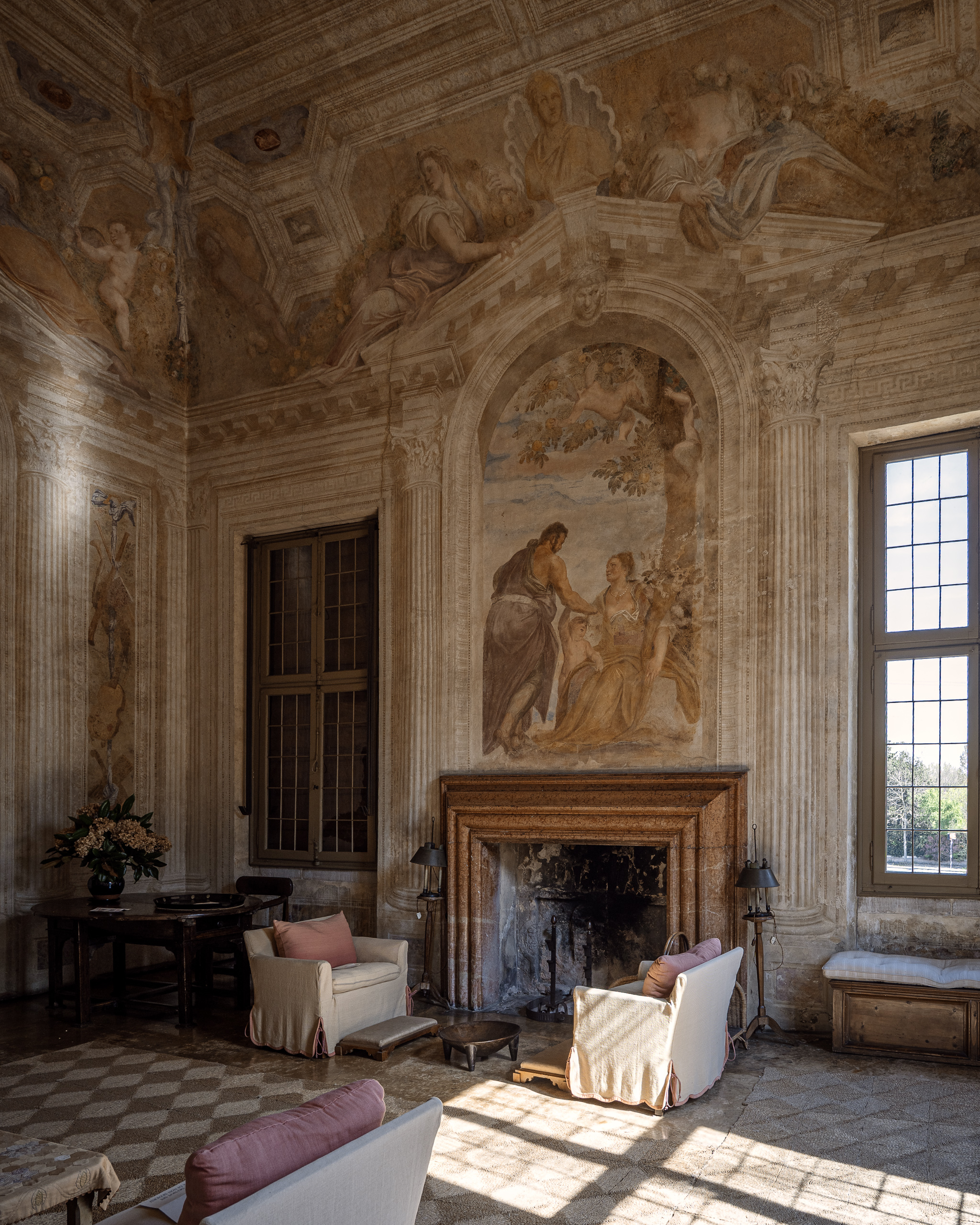
The next stop is Villa Widmann. Created 150 years after Villa Foscari, it boasts a French Rococo style. The villa is surrounded by an enchanting garden where I enjoy a midday break.
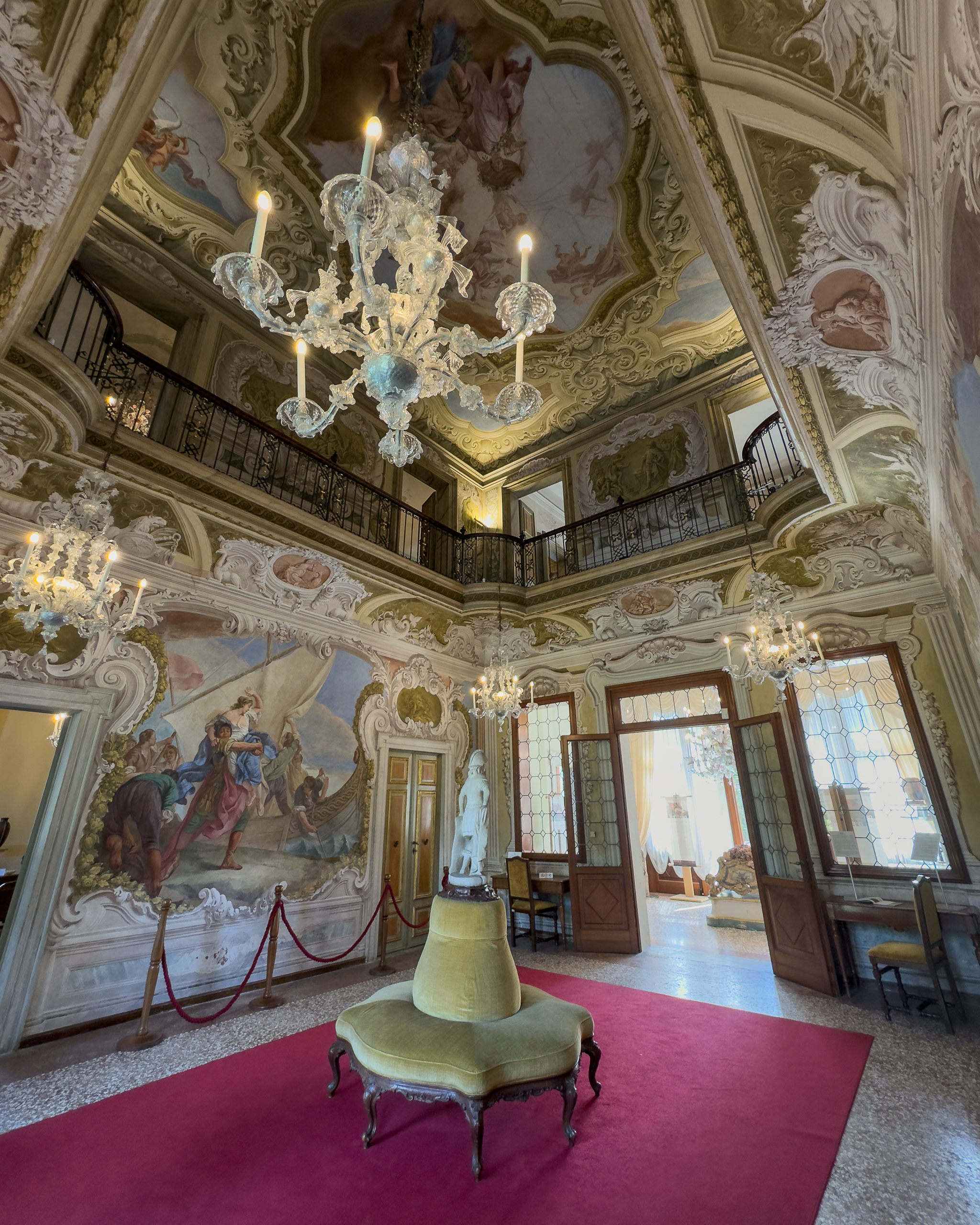
My final stop is near Padua at Villa Pisani in Stra. Though I would almost call it a palace. The tour through the building leads me past nearly all 114 rooms. In the accompanying park, I find a labyrinth and a tea pavilion on a hill.
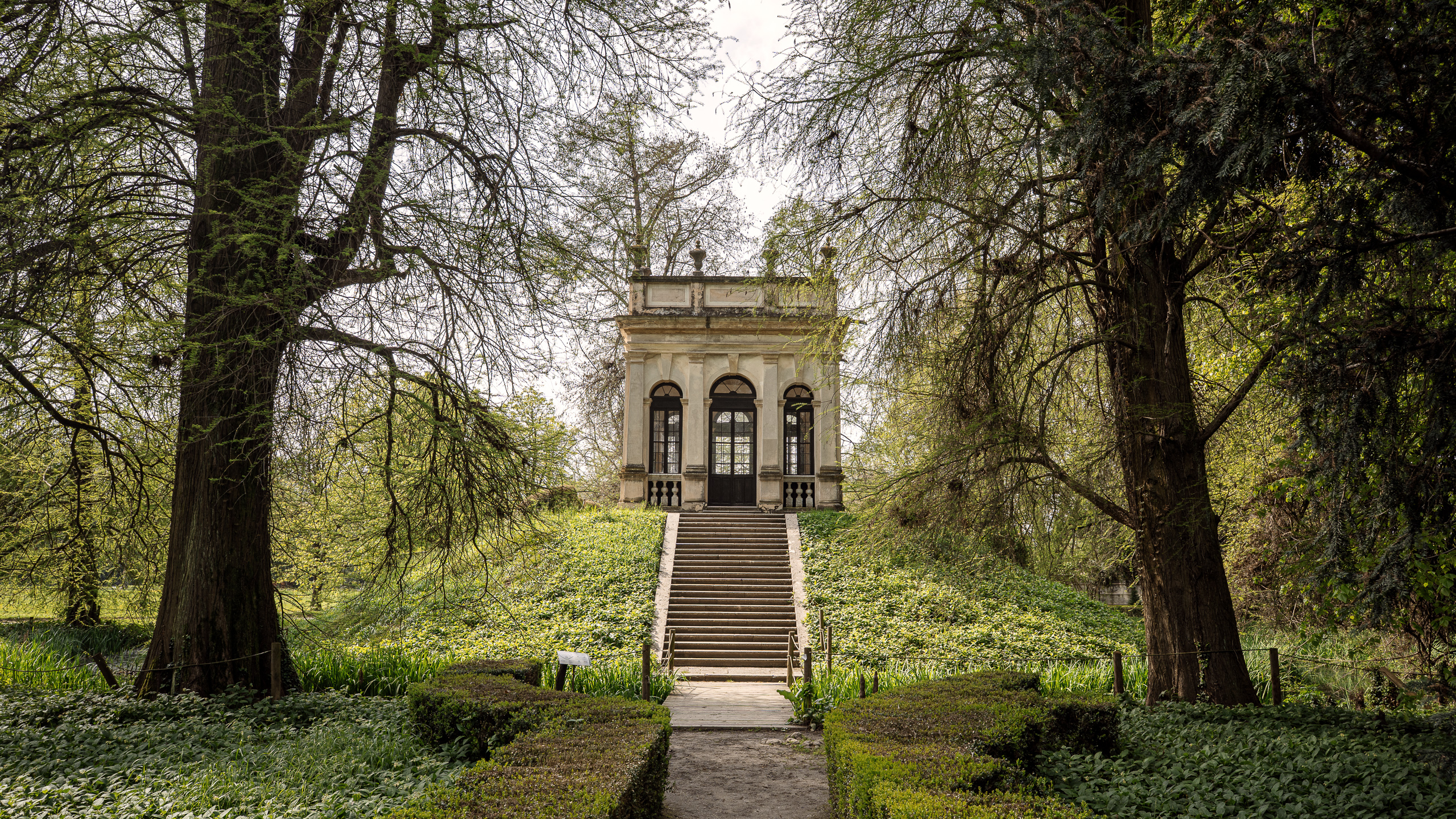
From Stra, I take the bus back to Venice, passing by the impressive three villas again.
Vicenza
Vicenza is the city of Palladio par excellence. Nearly every corner of this town features a work by the famous architect. My first destination is the Basilica Palladiana in the city center. From there, I head past Palazzo Chiericati to the impressive Teatro Olimpico, the oldest covered theater in the world. Its fascinating, fixed stage architecture is unique and an absolute highlight.
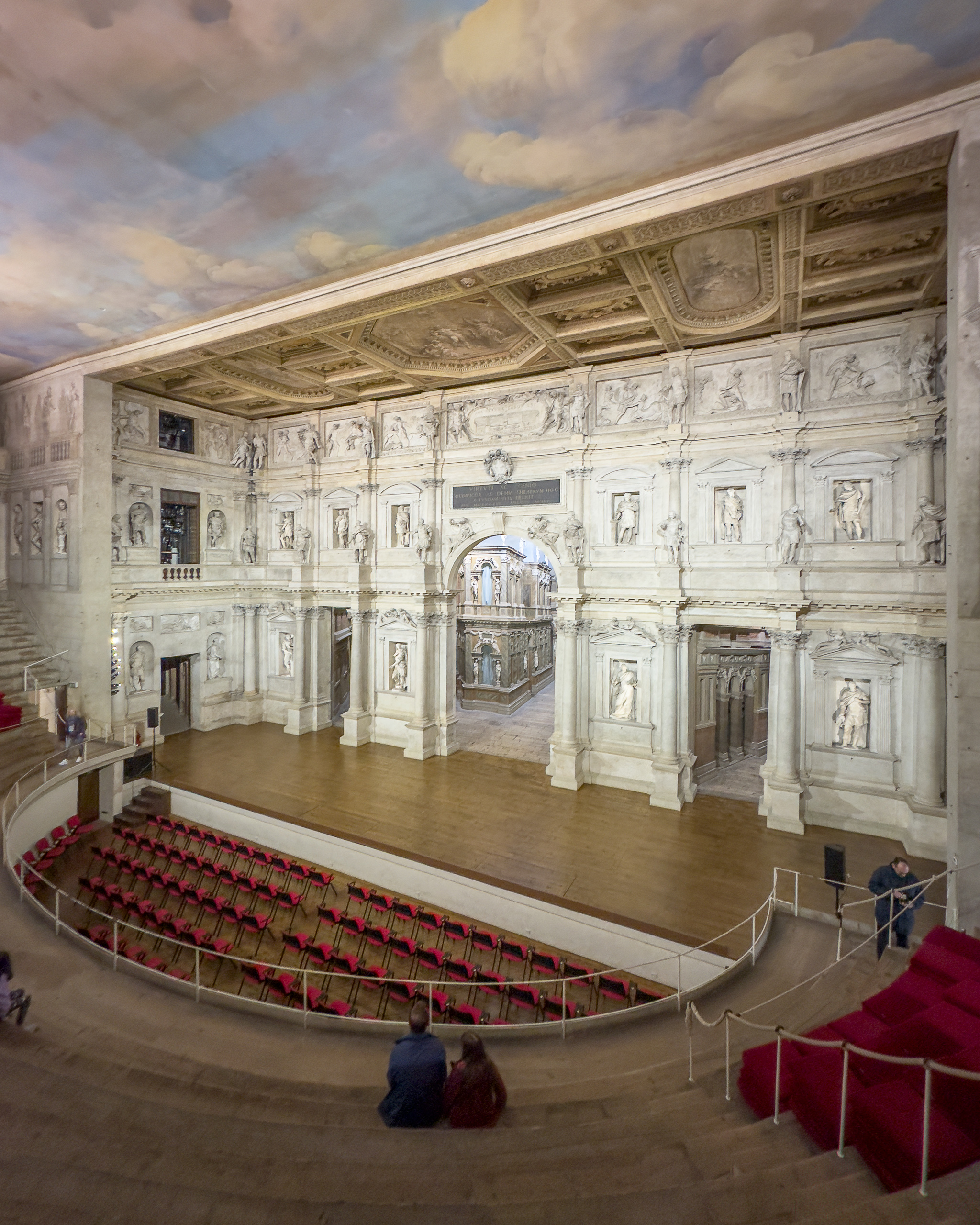
To round off the Palladio theme, I end my tour with a visit to the Palladio Museum, which offers an in-depth look at the architect's life and work.
Verona
Verona welcomes me with its Colosseum, but my path leads me straight to the Torre dei Lamberti to first view the city from above. After descending, I visit the courtyard with the (staged) balcony of Romeo and Juliet. Since the entrance is already crowded with people, I treat myself instead to a small break with one of the best gelatos. Then, I visit one of the most beautiful churches, Chiesa di San Fermo Maggiore.

From there, I venture to the other side of the Etch River and climb the sweat-inducing steps to the lookout point at Castel San Pietro. The ascent is worth it: at the top, I am rewarded with an unforgettable panorama of Verona.
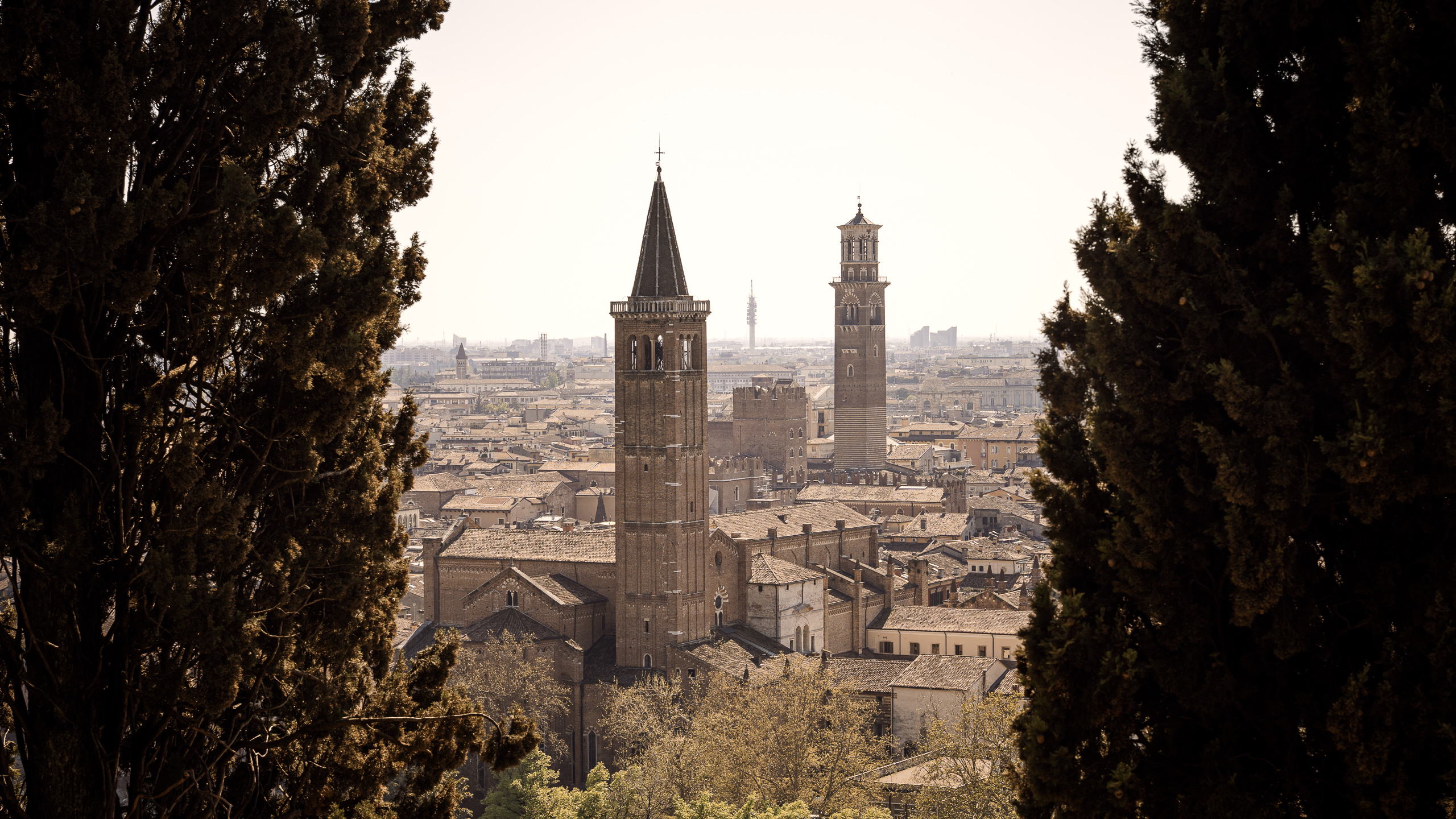
To conclude my day, I let myself be inspired by more churches along my path to the train station, rounding off my visit to Verona.
Padua
My tour of Padua begins at Chiesa degli Eremitani, a smaller church that fascinates with its impressive wooden roof and the remains of significant frescoes. From there, my path takes me through alleys and arcades to the Basilica di Sant'Antonio, one of Italy's most important churches. Its architecture intriguingly combines Romanesque, Gothic, and Byzantine elements.
After resting in the botanical garden, I wander across Prato della Valle, one of the largest squares in Europe, and visit the nearby Santa Giustina Basilica.
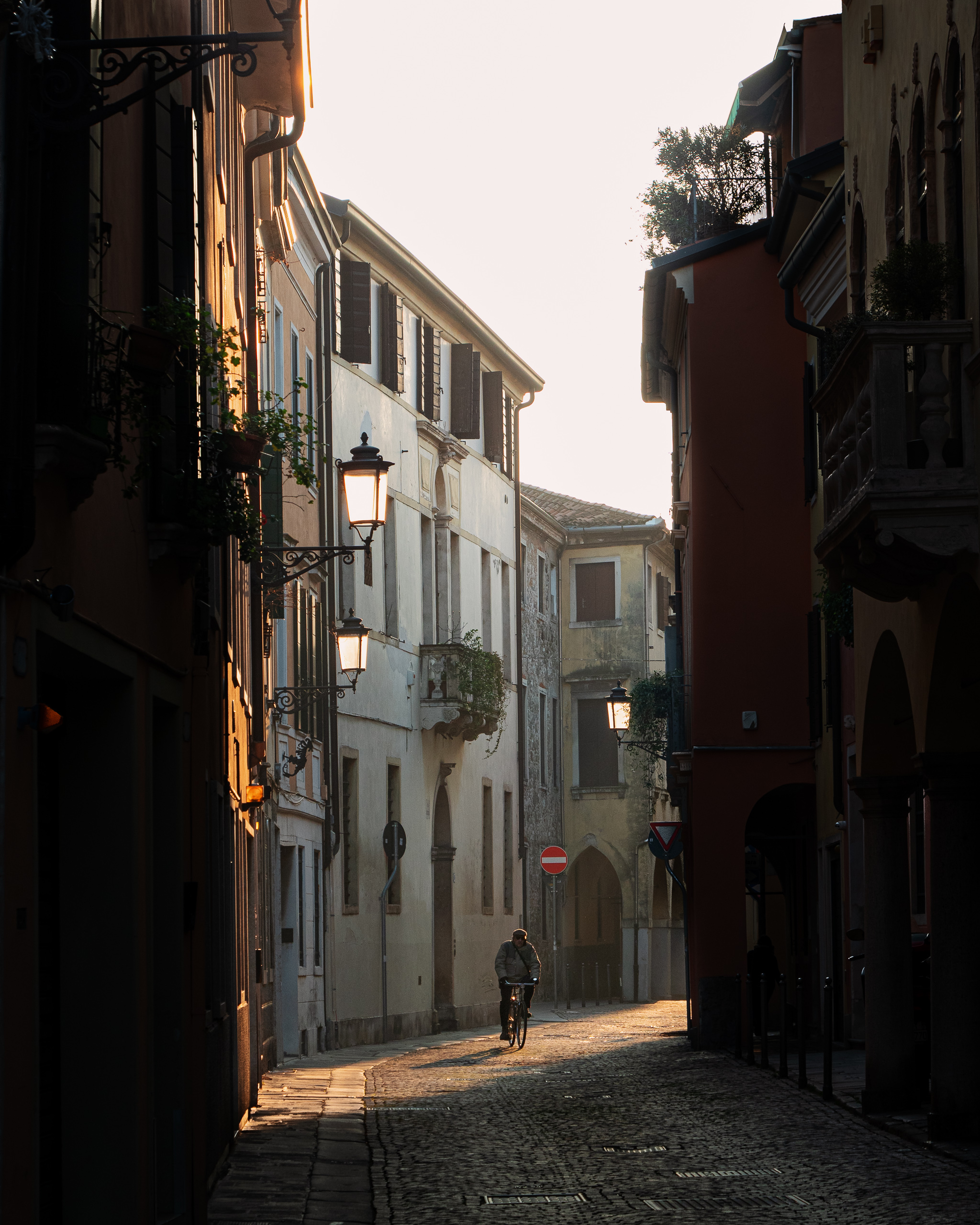
To conclude, I visit the Palazzo della Ragione, one of the largest column-free halls, and walk beneath an enormous roof that reminds me of an inverted ship's hull. The walls are adorned with frescoes where I could lose myself for hours, but sadly it’s time to return to Venice.
Cheers, Thomas

